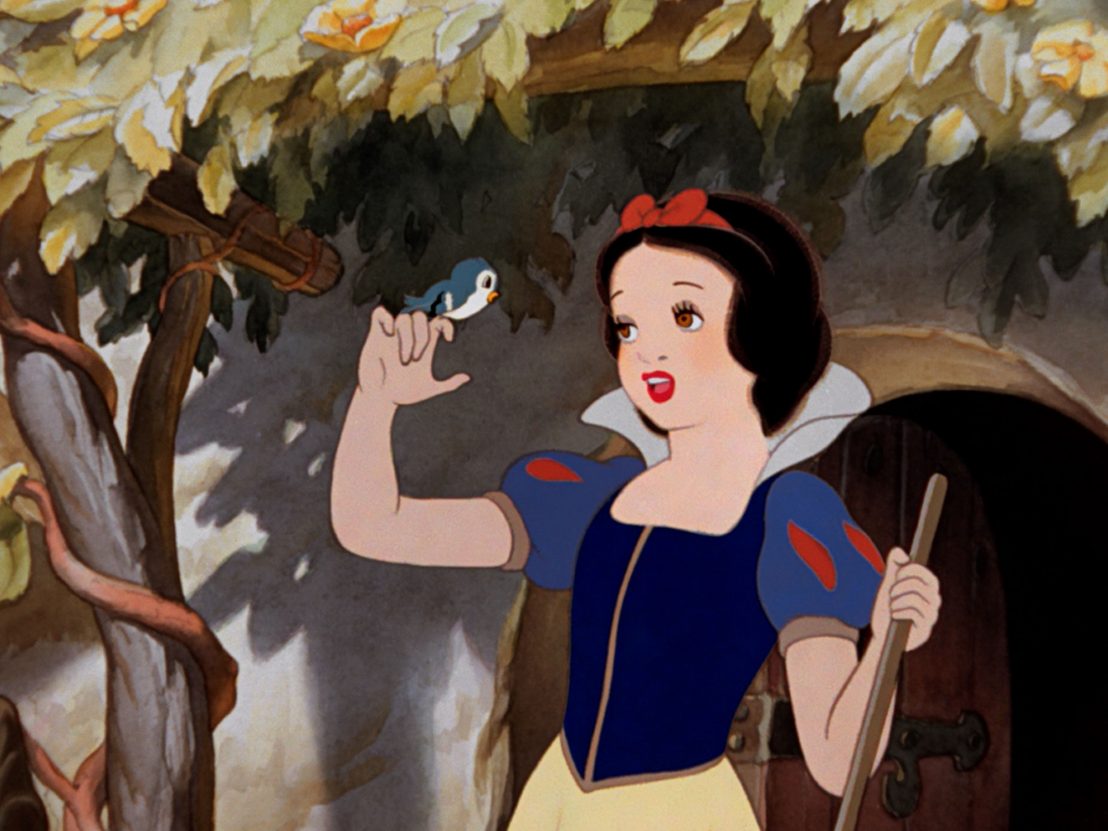
In the 1930s, Disney’s animation studios was a constant hive of activity. Animation was a nascent artform, and Walt’s team of artists were constantly pushing themselves to discover new and exciting forms of expression. The first animated shorts were released around 1908 and Gertie the Dinosaur changed the game in 1914 by creating a distinct, appealing animated character. Disney himself had been creating animated shorts since the early 1920s, pioneering synchronised sound and new animating techniques. Now, however, their sights were set higher. They were wanting to create America’s first animated feature film, and the first feature in the world to use cel animation. Then, after an intense period of innovation and fervid creation, they released Snow White and the Seven Dwarfs, 80 years ago this month.
Watch Disney’s first masterpiece today and it can feel uncomfortably dated in places. Most of the criticisms of the Disney Princess brand can be traced back to Snow White, an under-developed saint who sings at animals with an aggravating vibrato. This is where archetypes were born. There’s a simplicity to the plot, a cloying straightforwardness, that may leave the modern viewer wondering why this is loved as something more than just the first film of its kind.
The fact that this was such a landmark achievement, however, is what powers the film’s brilliance. Disney staked his reputation on Snow White and was determined to impress, pushing his team beyond their known abilities to create something the likes of which had never been seen before. There are multiple directors listed on IMDb (each responsible for separate sequences), which suggests not only that Walt was the singular visionary behind the film, but also that it was a huge team effort. It’s no wonder the film opens with a note of thanks from Disney to everyone who worked on the production.
To make the film, the studio developed new technology, such as a system known as the “sweatbox” for preliminary animation as an early form of pre-viz, which allowed for constant improvement as they animated. Problems were overcome with sensible structuring – the movement of human characters was particularly difficult (most earlier animations depicted non-human characters), so they cut down their role in the story, almost erasing Prince Charming entirely.
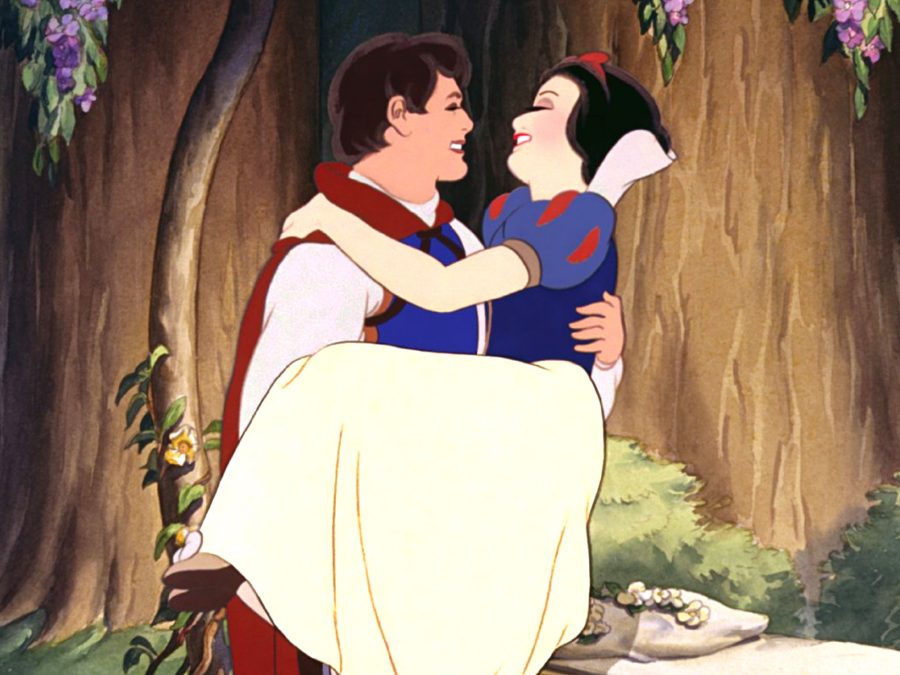
Frank Thomas and Ollie Johnston, two of the famous team of experts known as the ‘Nine Old Men’, described Walt’s thrifty approach to creating quality. “Reaching for new achievements, trying things that had never been done before, asking for more of his staff than they knew how to do – all this cost money. And Walt knew it, but he chose to spend what money he had in those very areas, figuring that he could save someplace else. For example, simplifying the concept for a whole picture could make it less expensive: eliminating costly scenes, extra characters, crowd shots, anything that took more time or more work for the same result.”
Disney’s priority was to pour quality into every frame and the result is a film that bursts with detail within the confines of a simple story. Not a single cel is wasted, every moment serving the character and tone of the film. The scene of Snow running into the woods as the trees claw at her dress continues to haunt audiences to this day. Yet there’s also space for smaller moments, like a chipmunk sneezing himself into a mug, liquid dripping menacingly into the shape of a skull or the constantly drooping sleeves of Dopey.
One of the highlights of the film is a song and dance number, seemingly in the film simply for the sheer joy of it. The seven dwarfs play a jig while Snow White dances, in a sequence reminiscent of the studio’s earlier Silly Symphonies. It’s a showcase for the skill of the animators, imbuing each dwarf with an instantly recognisable character. One of Disney’s key techniques, ‘Squash and Stretch’, leaves skin flexible and responsive to an exaggerated version of physics. In this scene, you can watch the stretchy faces of the dwarfs as they respond to the music and to Snow, each twitch of a nose or wobble of a cheek perfectly capturing the essence of the character. Walt was determined to show the potential for feature animation to be an art form in its own right; here you see that dream being achieved.
Snow White was a formative moment in animation for American animators and audiences. Johnston and Thomas, Walt Disney’s trusted friends from the start, literally wrote the book on character animation. Their 12 principles of animation are used alongside the writing of Richard Williams as guiding lights for young animators even to this day. Beyond its technical achievements, it also tapped into a form of storytelling that Disney is still riffing on to this day, revelling in the joy of simple storytelling.
Snow White and the Seven Dwarfs may not be complex or progressive – it’s probably even responsible for starting some harmful tropes that have haunted children’s cinema – but it is still loved 80 years later because it used every tool it could to capture the cinematic thrill of romance, magic and happily-ever-after.
Published 21 Dec 2017
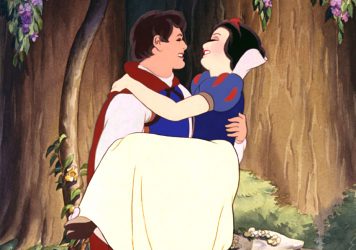
A new live-action update can’t afford to deal in outdated gender politics.
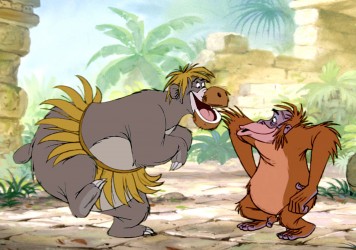
By Matt Packer
Legendary animator Floyd Norman tells the inside story of how a Disney classic was made.
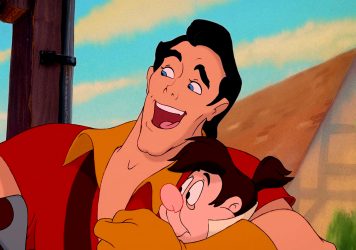
By Henry Bevan
The Beauty and the Beast remake is being hailed as progressive, but the studio’s animation vault is filled with queer subtext.